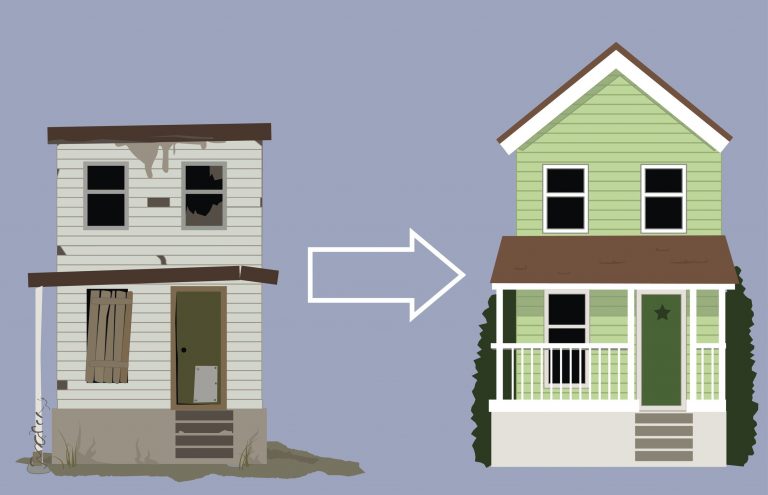An architect designs buildings and supervises the building processes that they plan. They need to consult with their customers to assess their needs and use computer-aided design and drafting technology (CADD) to build their concept models and all their components.
Building materials, structure types, design principles, and local zoning and building codes must be familiar to those in this field.
Once the design of an architect is approved by his or her clients, the designer works with contractors to ensure that the building is completed as designed.

Training to Become an Architect
It requires both education and experience to join this field. There are a few ways to meet the profession’s educational standards. Still, the most straightforward way is to earn a degree in professional architecture from a National Architecture Accrediting Board-approved program.
There are three degrees recognized by the NAAB as professional degrees: Bachelor of Architecture (BArch), Master of Architecture (MArch), and DArch. A pre-professional degree is deemed to be a Bachelor of Science or a Bachelor of Arts in Architecture.
Bachelor’s degree programs provide a historical overview of the field, expose you to the foundations of design, and familiarize you with material properties. Typically, programs are completed within five years. You may also be able to pursue a Bachelor of Arts or Bachelor of Science degree in Architecture. Still, these degrees are considered pre-professional and do not qualify for state licensing. Some schools offer 5-year dual degree programs for bachelor and master programs.
The following stage in the training process is to complete an Internal Development Program (IDP) after prospective professionals have graduated from a qualified, approved degree program. The National Council of Architectural Registration Boards (NCARB) oversees these services. The IDP is a paid internship that lasts three years and is usually done in a practice but can also be performed in other environments. Practitioners work with a mentor who is already a professional during their internship and beyond.
Average Salary
According to Money U.S. News, a professional in this field made a median salary of $78,470 in 2017. The best-paid 25 percent made $102,680 that year, while the lowest-paid 25 percent made $60,550.
Job Prospects
With many years of experience in a firm, you can work your way up to partner status and become your own company’s principal. A fully qualified job is likely to be demanding, inspiring, and exciting – putting you at the head of new technology to improve the lives of people while practicing your imagination.
They will work closely with consumers and users to design new buildings and complete additions or modifications to existing ones, ensuring they are safe, cost-effective, and functional.
Here are some specialties every major in this field can choose from.
- Architectural Technologist – Often known as architectural technicians, you will use your science and engineering skills and knowledge in this profession to construct strong, robust, and sustainable buildings and renovations.
- Interior and Spatial Designer – Interior and spatial professionals design and renovate interiors and fittings, using their design, innovative layout, and project management skills to create comfortable and usable spaces.
- Town Planner – Graduates with an interest in growth, regeneration, and sustainability may be interested in a career as a city planner in which the countryside, towns, cities, and villages will be managed and developed.
Conclusion
Once you get the chance to study this profession, you will have built a variety of artistic, visual, functional, and design-based skills that are very attractive to potential employers. You will truly stand out. To learn more about other types of careers in design, click here.
Also read – Why Healthcare Architecture Is an Important Field












